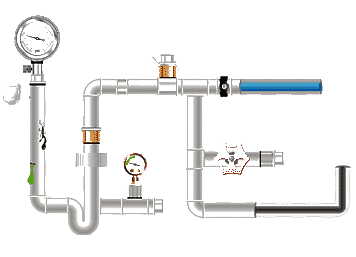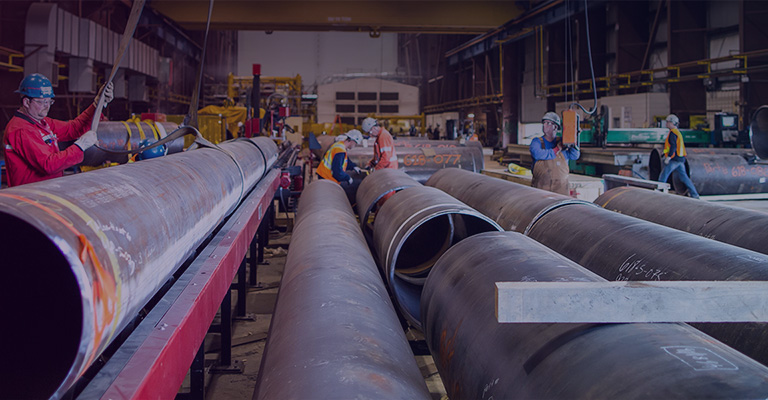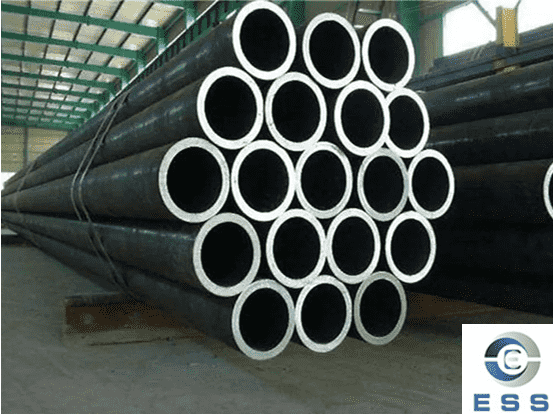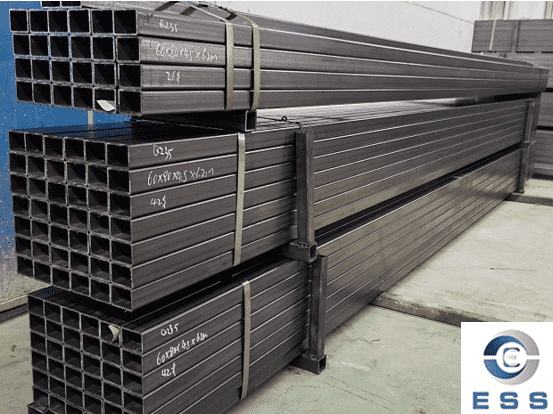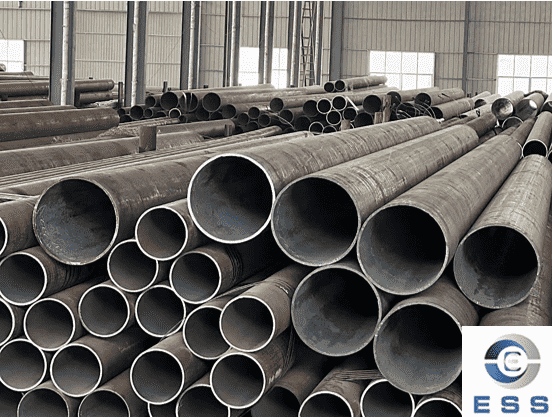The code for stainless steel seamless
pipe is ASTM A312. This code is an international material standard for the
manufacture of stainless steel pipe, developed by the American Society for
Testing and Materials (ASTM). The ASTM A312, which covers austenitic and
ferritic stainless steel pipe, has been in existence since its first
publication in 1945.
History and Development of ASTM A312
ASTM A312 was first published in 1945 as the standard specification for the
manufacture of stainless steel seamless pipe. At that time, it only
covered austenitic and ferritic stainless steels. Since then, the scope of the ASTM
A312 has been expanded to include other stainless steel grades and types, such
as duplex, super duplex and ultra-high strength stainless steels. The latest
revision of the code includes new requirements on welding and testing and
additional classes for specific applications.
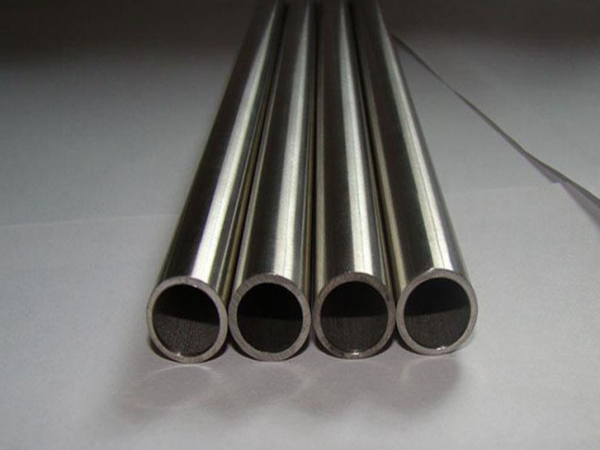
ASTM A312 stainless
steel seamless pipe: Requirements
The requirements for stainless steel seamless pipe specified in ASTM A312 are
designed to ensure that the pipes produced meet a wide variety of application
requirements. These include strength and ductility, corrosion resistance, and
maintenance requirements. In addition, ASTM A312 covers general requirements,
dimensions, dimensions tolerances, finish and testing requirements.
ASTM
A312 stainless steel seamless pipe: Material range and classification system
This
standard covers over 50 different grades of austenitic stainless steel,
primarily divided into the following series:
|
Grade
Series
|
Typical
Grades
|
Key
Properties
|
Applicable
Temperature Range
|
|
304 Series
|
TP304/TP304L/TP304H
|
General-purpose
austenitic stainless steel
|
-425°F to 1500°F
|
|
316 Series
|
TP316/TP316L/TP316H
|
Contains
molybdenum for improved corrosion resistance
|
-425°F to 1500°F
|
|
321/347
Series
|
TP321/TP347
|
Stabilized
with titanium or niobium
|
Intergranular
corrosion resistance
|
|
High-Temperature
H Series
|
TP309H/TP310H
|
High
carbon content for excellent creep resistance
|
high-temperature
service >1000°F
|
|
Special
Alloys
|
N08367/Alloy
20
|
Highly
alloyed for strong corrosion resistance
|
Extreme
corrosive environments
|
ASTM
A312 stainless steel seamless pipe: Manufacturing process and technical
requirements
1. Manufacturing
Methods
The
standard specifies three manufacturing processes: Seamless pipe (SMLS) uses a non-welding process; Welded pipe (WLD) uses an automatic welding process without the addition of
filler metal; and Heavy Cold Worked Pipe (HCW) requires cold working with a
minimum thickness reduction of 35%.
2. Heat
Treatment Requirements
All
steel pipe must be supplied in the heat-treated state. Heat treatment
temperature requirements vary by grade:
|
Material
Type
|
Heat
Treatment Temperature
|
Cooling
Method
|
Special
Requirements
|
|
Conventional
Austenitic Steel
|
≥1900°F
(1040°C)
|
Water
quench or rapid cooling
|
Prevent
carbide re-precipitation
|
|
H-Series
Grades
|
1900-2000°F
|
Water
quench or rapid cooling
|
Grain
size requirement: Grade 6-7 or coarser
|
|
Special
Alloys
|
1700-2280°F
|
Water
quench or rapid cooling
|
Adjusted
based on alloy composition
|
ASTM
A312 stainless steel seamless pipe: Key points for chemical composition control
The
standard has strict regulations on chemical composition.
Key
element control includes:
Carbon
content control: L series requires a carbon content of ≤0.035%, H series requires 0.04-0.10%
Stabilizing
elements: 321 contains titanium, 347/348 contains niobium, and Ti ≥ 5 × (C + N) or Nb ≥ 10 × C is required
Molybdenum:
316 series contains 2-3% molybdenum to improve pitting corrosion resistance
Nitrogen:
N series uses nitrogen to improve strength
ASTM
A312 stainless steel seamless pipe: Mechanical performance requirements
When
specifying ASTM A312 stainless steel pipe, it is important to consider strength
requirements. The appropriate strength requirements are stated in the ASTM A312
based on the intended application of the pipe. For instance, stainless steel
pipes used for pressure vessels should be able to withstand high pressures.
On the
other hand, stainless steel pipes used for general piping should allow for some
flexibility in order to maintain their integrity during normal operation.
Additionally, ASTM A312 requires that all pipe be ductile enough to handle
mechanical loading, thermal cycling and vibration without fracturing or losing
their integrity.
The
standard specifies tensile property requirements for different grades,
primarily divided into three strength grades:
|
Strength
Grade
|
Minimum
Tensile Strength
|
Minimum
Yield Strength
|
Typical
Grades
|
|
Standard
Strength
|
75
ksi (515 MPa)
|
30
ksi (205 MPa)
|
TP304,
TP316
|
|
High
Strength
|
80-95
ksi (550-655 MPa)
|
35-45
ksi (240-310 MPa)
|
TP304N,
S31254
|
|
Ultra-High
Strength
|
100-115
ksi (690-795 MPa)
|
50-62
ksi (345-430 MPa)
|
S31266,
S34565
|
ASTM
A312 stainless steel seamless pipe: Corrosion resistance
The ASTM A312 also specifies the corrosion resistance properties of the
stainless steel pipe. The most common corrosion resistance properties for
stainless steel pipe are chromium, nickel and molybdenum, which provide
resistance to many forms of corrosion, including pitting, crevice corrosion and
stress corrosion cracking. Additionally, the ASTM A312 specifies minimum
corrosion resistance requirements based on the intended application of the
pipe.
ASTM
A312 stainless steel seamless pipe: Testing and quality assurance
1.
Nondestructive Testing Requirements
Each
steel pipe must undergo hydrostatic testing or nondestructive electrical
testing (eddy current or ultrasonic). For pipe NPS 10 and above, the
hydrostatic testing requirement may be waived with the agreement of the
manufacturer and purchaser, but the letters "NH" must be included in
the marking.
2.
Intergranular Corrosion Testing
The
standard refers to ASTM A262 Practice E for intergranular corrosion testing.
Low-carbon and stabilized grades require testing under sensitized conditions;
other grades are tested in the as-delivered condition.
3.
Cryogenic Service Applications
The
standard specifically addresses cryogenic service applications: When the impact
test criteria are 15 ft·lbf energy absorption or 15
mils lateral expansion, certain austenitic stainless steel grades (such as
TP304, TP304L, and TP347) are accepted by the ASME Pressure Vessel Code at
temperatures as low as -425°F without impact testing.
ASTM
A312 stainless steel seamless pipe: Maintenance requirements
Maintenance requirements in the ASTM A312 are mainly related to keeping the
quality of the pipe consistent over time. This includes regular inspection and
testing so that the pipe is free from defects and remains safe and reliable in
its intended application. The ASTM A312 also recommends certain maintenance
practices, such as regular cleaning and lubrication, to ensure that the pipe
remains in good condition.
Conclusion
In
conclusion, the code for stainless steel seamless pipe is ASTM A312. This code
sets out the specifications for the manufacture of stainless steel pipe and
outlines requirements for strength and ductility, corrosion resistance and
maintenance, etc. The ASTM A312 also contains recommendations for maintenance
practices to keep the pipe in good condition over time.









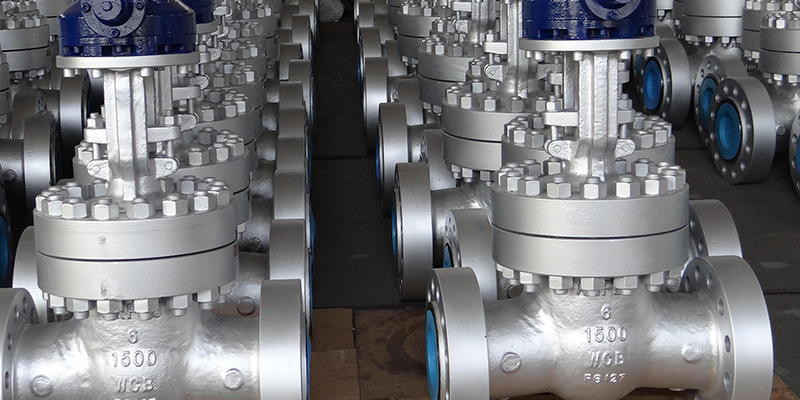
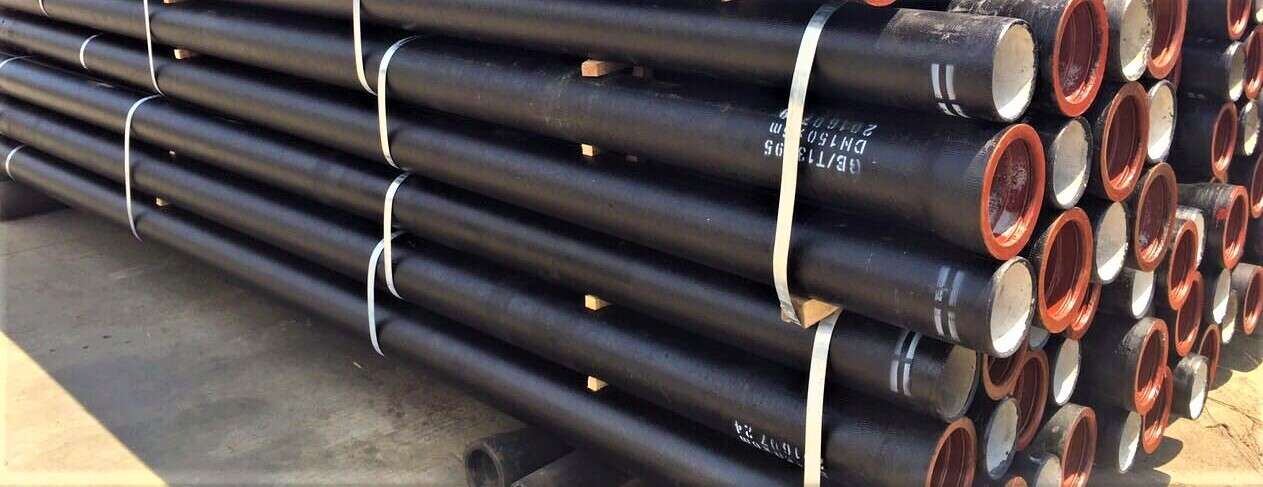


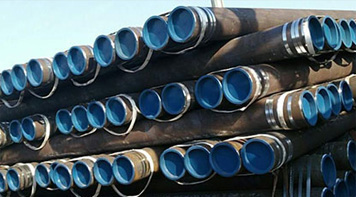 Eastern Steel Manufacturing Co.,Ltd not only improve product production and sales services, but also provide additional value-added services. As long as you need, we can complete your specific needs together.
Eastern Steel Manufacturing Co.,Ltd not only improve product production and sales services, but also provide additional value-added services. As long as you need, we can complete your specific needs together.
